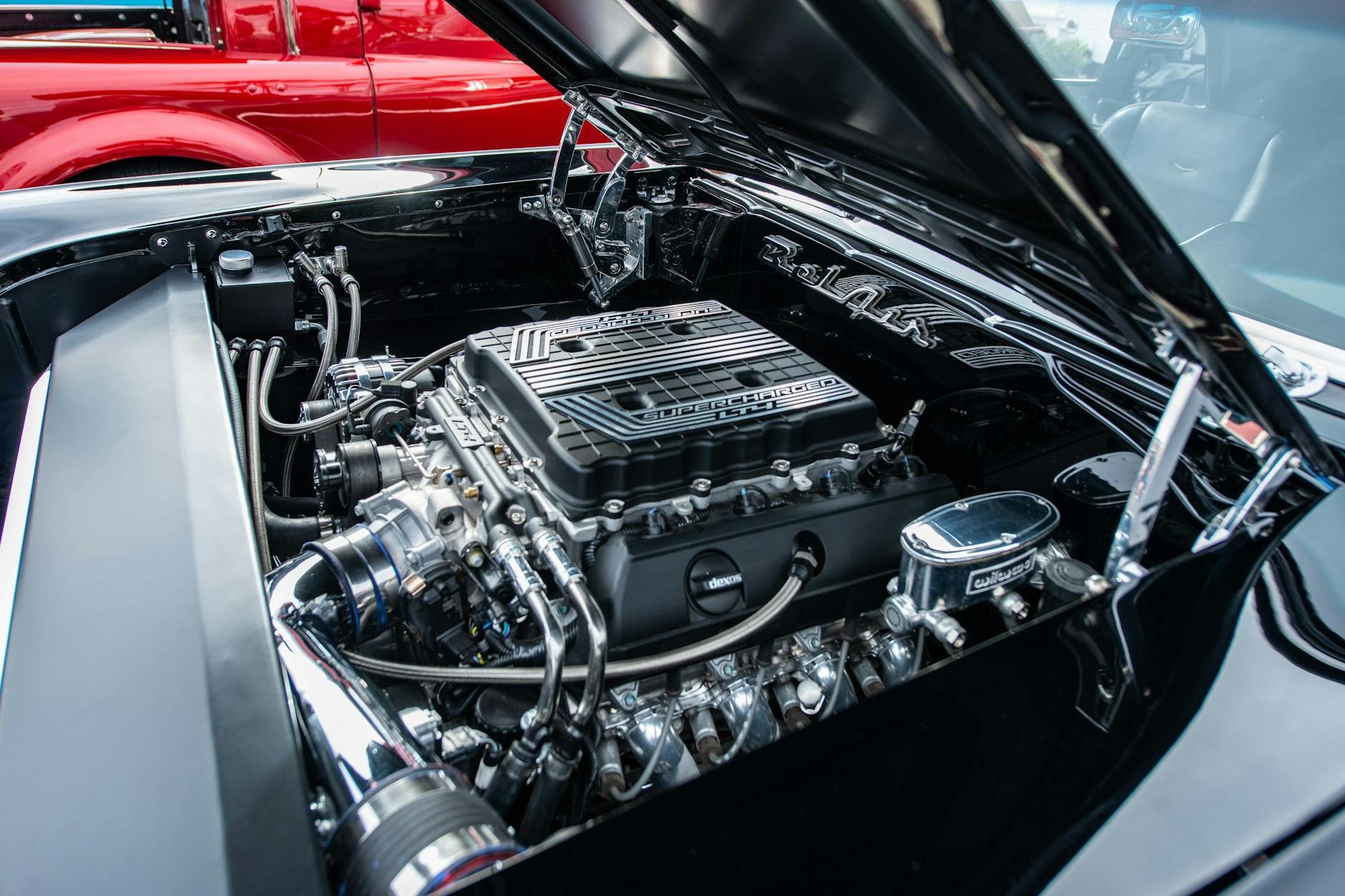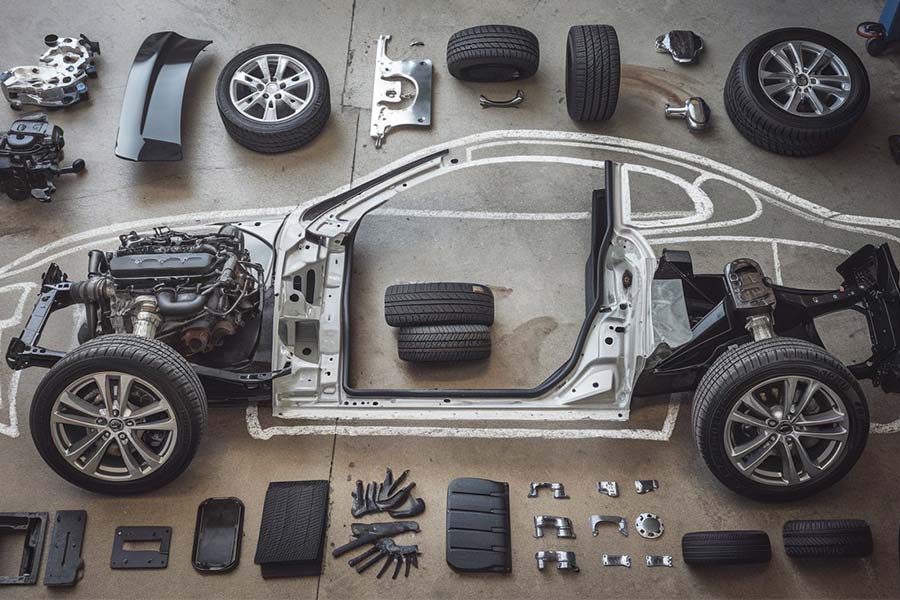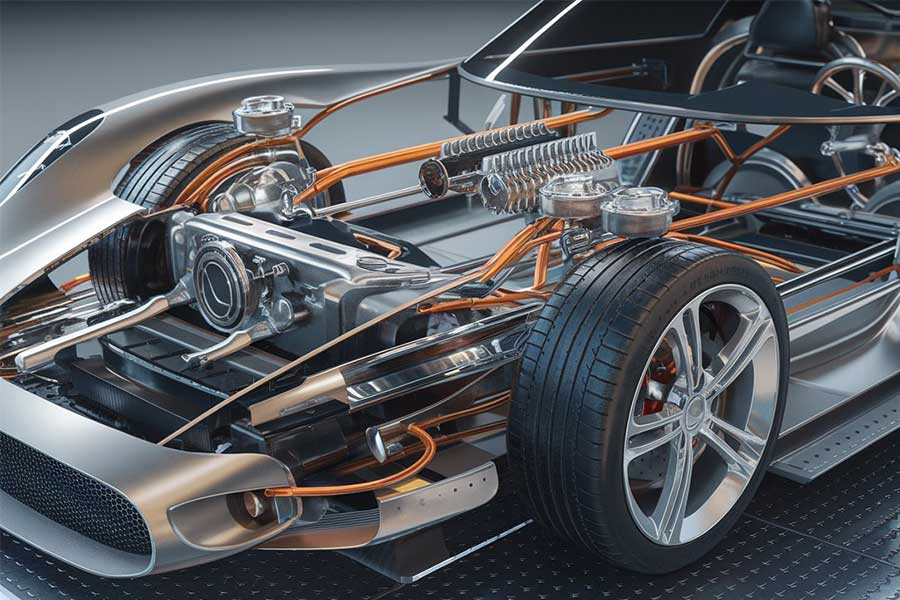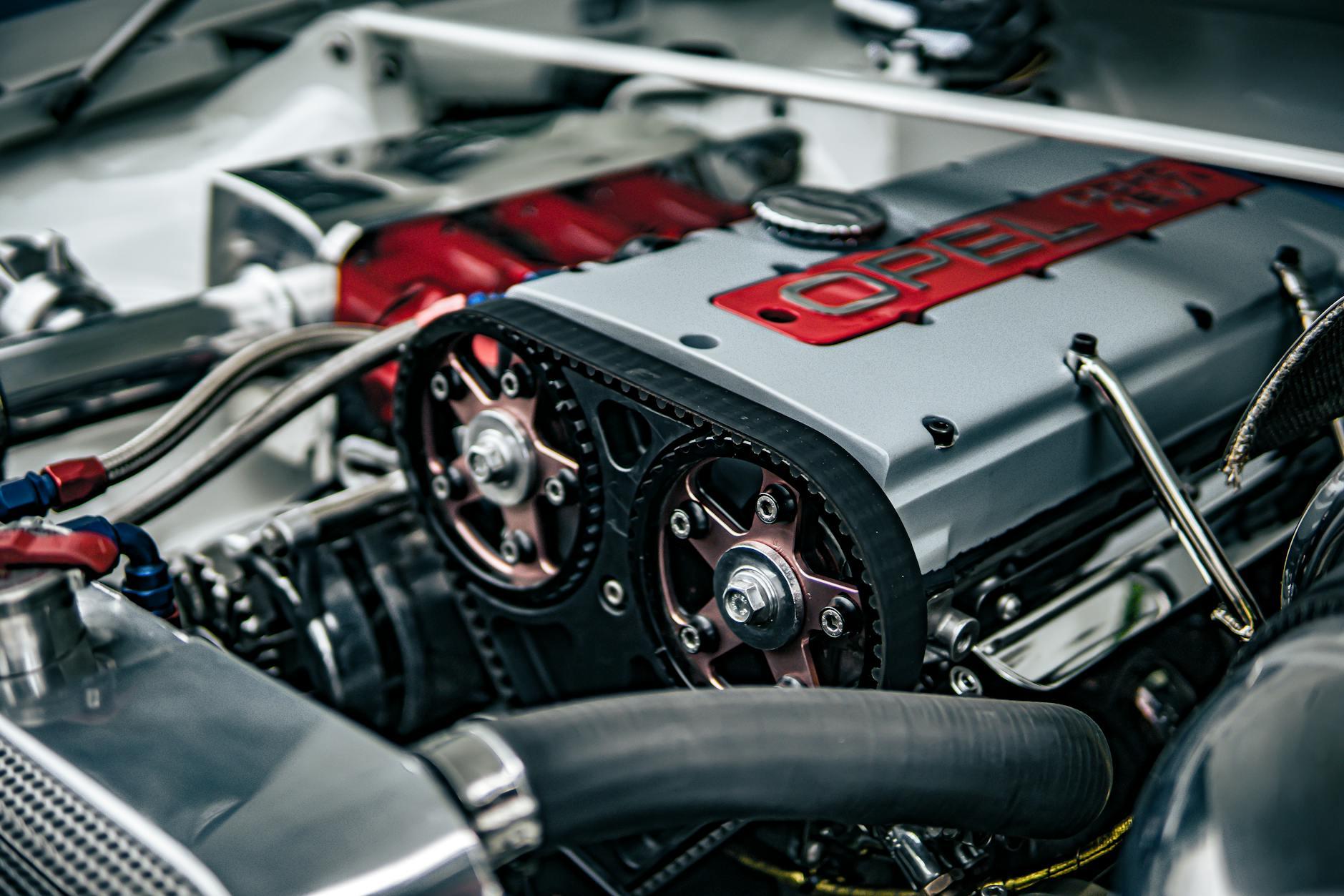- Shanghai Zhongshen International Trade Co., Ltd. - Two decades of trade agency expertise.
- Service Hotline: 139 1787 2118
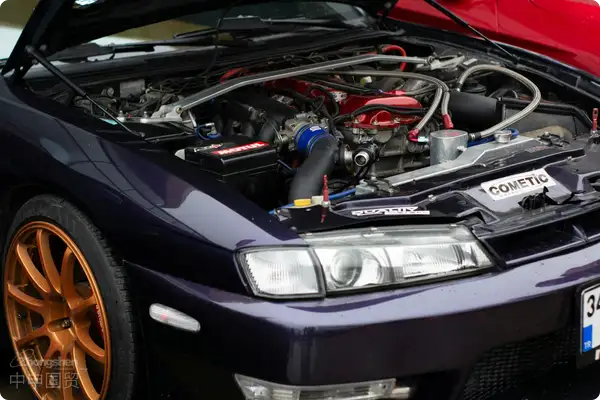
Professional Interpretation: Chinas Automotive Window Glass and PartsImport RepresentationPractical Guide
(Author: 20-yearforeign tradeservice expert with 20 years of industry experience, this article will systematically analyze the core points of clothingExport RepresentationSenior Account Manager)
With the deep integration of the global automotive industry chain, China, as the worlds largest automotive consumer market and manufacturing hub, continues to see rising demand for high-end automotive glass and parts imports. As a professional with 20 years of experience in foreign trade agency, this article systematically analyzes the core processes, risk control points, and industry trends of window glass and parts imports to help enterprises efficiently complete their import business layout.
Industry Status and Market Opportunities
1.Demand drivers:
- New energyThe trend toward automotive lightweighting is driving growth in imports of high-value-added glass (e.g., heat/sound insulation glass, HUD display glass).
- The domestic high-end vehicle repair market remains highly dependent on original equipment manufacturer (OEM) glass.
- Amid global supply chain fluctuations, automakers are increasingly seeking diversified supplier reserves.
2.Major Import Source Countries:
- Europe(Germany, France): Technology leaders such as Saint-Gobain and Pilkington;
- North America(USA, Mexico): Companies like Corning and AGC dominate the high-end glass market;
- Asia: Japanese AGC and Nippon Sheet Glass hold significant shares in high-precision glass processing.
II. Comprehensive Analysis of Window Glass Import Process
Commodity Classification and Compliance Pre-assessment
- HS Code: Accurately distinguish between laminated glass (7007.11) and tempered glass (7007.21), as tariff rates vary significantly (general tariff ~45% vs. 25%).
- Technical Standards:
- European Union: ECE R43 certification (light transmittance ≥70%, impact resistance test);
- United States: DOT certification (fragment state, environmental aging resistance);
- China: GB9656-2021 (must pass3Ccertification).
Risk Warnings: Non-standard products require prior application for the Exemption Certificate for Compulsory Product Certification.
Supplier Qualification Review
- Core Verification Documents:
- Original manufacturer authorization (to avoid gray market sources);
- Quality inspection report (must include key indicators such as UV transmittance and pellet bag impact resistance);
- It is recommended to verify through the following methods:Certificate of origin (to mitigate anti-dumping risks, e.g., Turkeys glass anti-dumping duty as high as 36.26%).
3. International LogisticsScheme Design
- Packaging Requirements: Use A-frame + EPE shockproof film + wooden crate reinforcement (single crate load ≤1.5 tons) to preventMaritime Transportationbreakage during transit.
- Transportation optimization:
- FCL shipping: Priority given to 40HQ high cube containers (volume 67m3, capable of loading 600-800 pieces of windshields);
- LCL solution: For small batch maintenance parts, recommend LCL to Shanghai/Ningbo port, reducing logistics costs by 30%.
Customs clearance and tax management
-
Tariff Cost Calculation:
Import duty = dutiable value × tariff rate (general rate 45% / MFN rate 10%) VAT = (dutiable value + import duty) × 13% (Note: ASEAN FTA allows 0% tariff application, requires FORM E certificate of origin) -
Valuation risk prevention: For related-party transaction imports, prepare Royalty Agreement and price composition explanation in advance.
Warehousing and distribution strategy
- Bonded warehousing: Utilize the batch release from bonded zone, centralized tax payment model in comprehensive bonded zones to ease capital pressure;
- Terminal distribution: Partner with JD Logistics, Zoomlion, etc. to achieve port-regional warehouse-4S store 48-hour direct delivery.
III. Typical issues and solutions
Case 1: Certification mismatch leading to return shipment
A company imported EU ECE certified glass without completing CCC catalog exemption verification, resulting in customs-requested return shipment.
Solutions: Establish certification pre-review checklist, collaborate with third-party agencies (e.g. SGS) to confirm compliance path in advance.
Case 2: Cargo damage dispute claim
Marine shipment glass arrived with breakage rate exceeding 15%, making liability determination difficult.
Solutions: Insure under Institute Cargo Clauses A + additional breakage of packing risk, increasing claim success rate to 90%.
IV. Industry Trends and Upgrades of Agency Services
1.Technological Innovation:
- Smart glass (electrochromic, photochromic) imports growing 25% annually, requiring attention to new FDA and RoHS testing items;
- Skyroof glass import surge creating demand for specialized transport vehicles (loading angle ≤15° in containers).
2.Supply chain reconstruction:
- Nearshoring trend: Mexican factory glass import cycle shortened to 25 days (previously 60 days from Europe);
- Digital customs clearance: Through Single Window AI intelligent classification, declaration efficiency improved by 40%.
3.Extended value of agency services:
- Provide VMI supplier inventory management to achieve zero inventory procurement;
- Integrate overseas warehouses + domestic bonded warehouses to build 48-hour emergency supply network.
Conclusion
Automotive glass imports have transformed from traditional trade to comprehensive service competition encompassing technical compliance, supply chain resilience, and digital collaboration. Selecting agency service providers with global compliance databases, risk control systems, and flexible supply chain integration capabilities will become enterprises core competitive advantage in capturing market share.
(Note: Data in this article current as of Q3 2023, specific operations subject to latest regulations.)
Authors Introduction: 20 years foreign tradeimport and exportAgency practice expert, leading over 500 batches of auto parts import projects, serving clients including Tesla supply chain, GAC Group and other leading enterprises.
Related Recommendations
Category case
Get in Touch
Email: service@sh-zhongshen.com
Related Recommendations
Contact via WeChat

? 2025. All Rights Reserved. Shanghai ICP No. 2023007705-2  PSB Record: Shanghai No.31011502009912
PSB Record: Shanghai No.31011502009912
